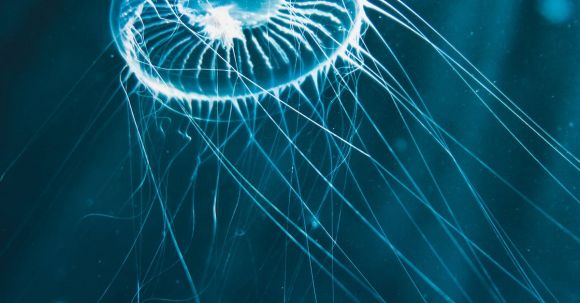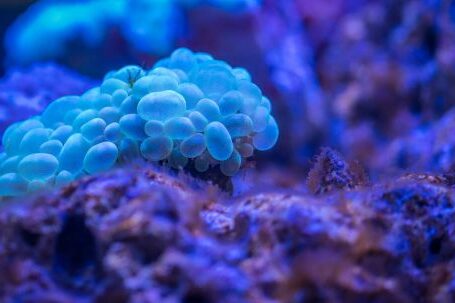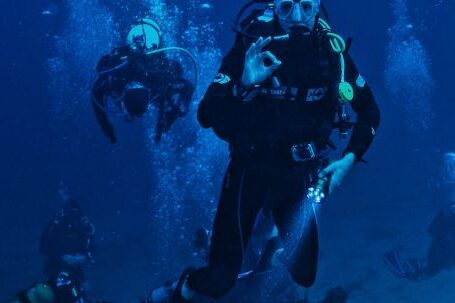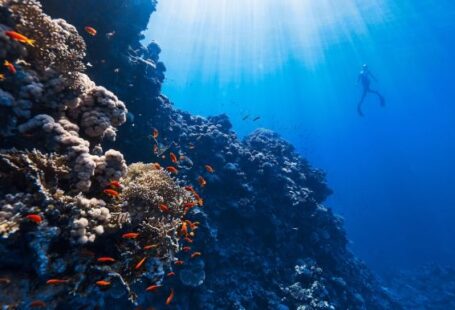Beneath the surface of the ocean lies a world of hidden treasures, where time stands still and history is frozen in time. For photographers with a passion for adventure, exploring underwater wrecks can provide a unique opportunity to capture the beauty and mystery of these submerged time capsules. In this guide, we will take a closer look at the art of underwater wreck photography, offering tips and advice for capturing stunning images and unlocking the secrets of the past.
Choosing the Right Equipment
Before embarking on an underwater wreck photography expedition, it is essential to have the right equipment. A sturdy underwater camera housing is a must, as it will protect your camera from the harsh elements and allow you to dive to greater depths. Additionally, investing in a wide-angle lens will enable you to capture the grandeur of the wreck and the surrounding marine life.
Mastering the Art of Lighting
Lighting is crucial in underwater photography, as the absence of natural light can make it challenging to capture clear and vibrant images. When photographing wrecks, it is essential to bring along underwater strobes or powerful video lights to illuminate the scene. Experimenting with different lighting angles and positions can create dramatic effects and bring out the intricate details of the wreck.
Composition Techniques for Captivating Images
Creating visually compelling images is key to capturing the essence of underwater wrecks. One effective composition technique is to use the rule of thirds, placing the main subject of the image off-center for a more balanced and dynamic composition. Additionally, incorporating elements of the wreck’s surroundings, such as coral formations or marine life, can add depth and interest to the photograph.
Capturing the Details
Underwater wrecks are often home to a wealth of fascinating details that tell the story of their past. To capture these intricate features, it is essential to get up close and personal with the subject. Using a macro lens can allow you to photograph small details such as rusted bolts, intricate carvings, or marine life that has made the wreck its home. Patience and a steady hand are crucial when capturing these minute details, as even the slightest movement can result in a blurry image.
Telling a Story through Your Images
An underwater wreck is more than just a collection of rusted metal; it is a testament to history. As a photographer, your job is to tell the story of the wreck through your images. Look for elements that evoke a sense of time and place, such as a ship’s wheel or a porthole framed by coral. By capturing these moments, you can transport viewers to a different era and allow them to connect with the past.
Preserving the Wreck and Its History
While exploring and photographing underwater wrecks is an exciting endeavor, it is essential to remember that these sites are fragile and must be treated with care. Always practice responsible diving and photography techniques, such as avoiding contact with the wreck and not disturbing the marine life. By preserving these wrecks, we can ensure that future generations can continue to explore and appreciate their historical significance.
In conclusion, underwater wreck photography offers a unique opportunity to delve into the mysteries of the past. By choosing the right equipment, mastering lighting techniques, and employing effective composition, photographers can capture stunning images that tell the story of these submerged time capsules. Remember to approach wreck photography with respect and responsibility, preserving these sites for future generations to explore and appreciate. So, grab your camera, dive into the depths, and unlock the secrets of underwater history.





